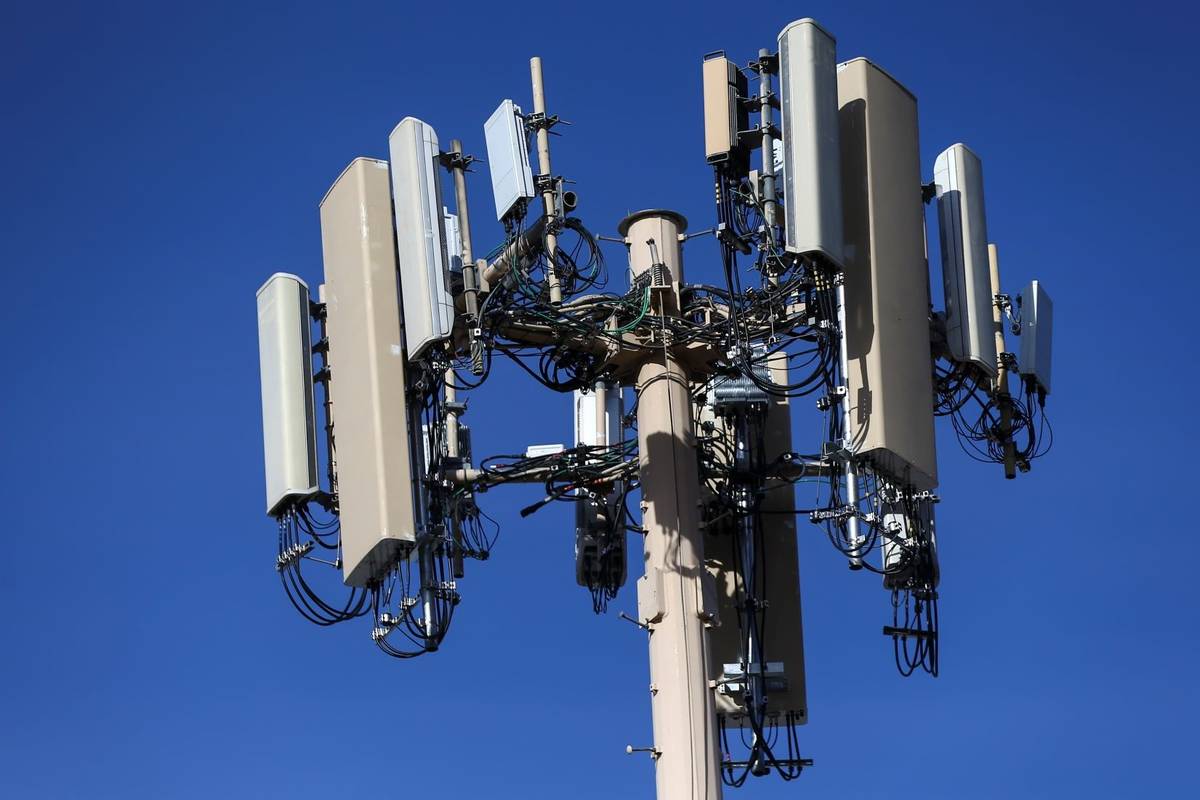What is the safest distance coming from a 5G cell Tower?

If you've ever been through a city you might have noticed tiny mini 5G cell towers placed on poles for street lighting. They appear like tiny boxes, but they're actually broadcasting wireless signals from cellular providers to your phone.
They are replacing larger specially-designed cell towers. While they're less noticeable however, they could create problems for those who live nearby.
It is the Federal Communications Commission's Radiation Exposure Thresholds
The FCC's Radiation Exposure Thresholds define the safe limit at which a person can be exposed to electromagnetic radiation from wireless devices. what is a safe distance from a 5g cell tower for exposure are based on scientific data which show that the energy of RF could be harmful to human health.
The specific absorption rate (SAR) is a measure of the radiofrequency energy that is absorbed by tissue. It's usually 1.6 Watts per kilogram calculated over one gram of tissue.
Since 5g is able to transmit at higher frequencies and has the potential to cause greater energy intensity on the skin and other exposed body areas. This could lead to a wide range of potential harms, including exacerbated development of skin diseases like dermatitis, cataracts, and skin cancer.
Due to the potential for negative effects of 5G radiation, PSU has chosen to create a general limits on power density, which is 4mW/cm2 averaged over 1 cm2, but not to exceed 30 minutes, for all 5G services running at 3000 GHz. This localized limit is in accordance with the highest SAR that is spatially averaged at 1.6 W/kg averaged over 1 grams of tissues at six GHz.
The FCC's Maximum Exposure Thresholds
If you've ever used a cell phone, you're probably aware that a safe distance from the tower is around 400 meters away. safe distance from cell tower is because the power of the transmission of a cell tower increases dramatically the further you are from it.

While this sounds like a good idea however, those living close to towers could be more vulnerable to health issues. For instance, a 2014 study in India discovered that those living within 50 meters of cell towers had significant more health issues than those who lived farther distance from them.
However, safe distance to live from cell phone tower showed that residents who moved to areas that were further from cell towers experienced their symptoms return to normal within a few days. Other studies have demonstrated that exposure to extreme levels of radiofrequency electromagnetic fields (EMFs) can lead to brain tumors, cancer as well as other health issues.
This is due to the fact that RF radiation, used for wireless communication, has the ability to penetrate the body's outer layer of skin. It is crucial to know because the skin acts as a barrier to protect against injuries caused by mechanical forces, infections from pathogenic microorganisms, as well as the entry of harmful substances. It is also the largest organ in the human body and is accountable for keeping the integrity of the other organs.
The FCC's Minimum Exposure Thresholds for the Minimum Exposure
The FCC's Minimum Exposure Thresholds are based on a variety of assumptions that aren't supported by scientific research. These include the erroneous assumption that exposures of a short duration to RF radiation are safe due to minimal radiation penetration in the human body (i.e. the heating of tissues).
The assumption is also ignoring the deeper penetration of the ELF elements of modulated radio signals, as well as the effects of brief bursts of heat from pulsed RF waves. These theories are not compatible with current knowledge of the biological consequences of RF radiation. Therefore they should not be used for health protective exposure guidelines.
Furthermore, the ICNIRP and FCC are limiting their maximum exposure limits to local peak SARs that are based on the peak speed of spatial absorption (psSAR) which is not a reliable dosimetric instrument for determining the level of exposure to RF radiation. Particularly the psSAR tool is not accurate for frequencies above 6 GHz. Additionally, psSAR hasn't been evaluated for RF radiation that is exposed to other environmental agents , such as sunlight. Interactions of RF radiations with different agents in the environment could result in antagonistic or synergistic effects. This could result in the risk of having adverse health effects. For example, co-exposure to RF radiation and sunlight could increase the risk of skin cancer and exacerbate other skin diseases such as acne.
